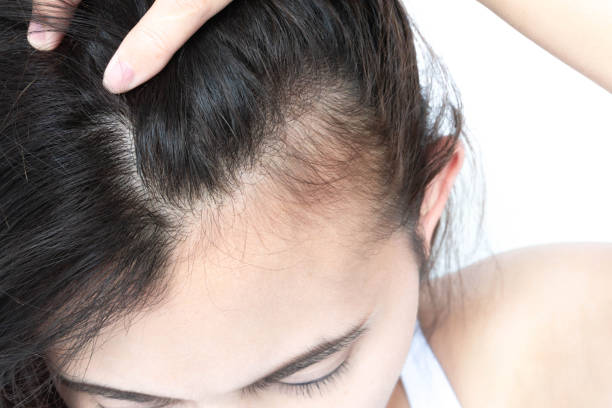Why can slim people eat whatever they want and still not gain weight? Expert Holger Klemm, head trainer at the fitness club, knows the answer. He reveals what this has to do with good insulation on the one hand and the sheer waste of energy on the other.

Lose weight successfully: Energy utilization is crucial
I explain the secret of these “turbo burners” as follows: The answer to the riddle lies in the so-called thermogenesis – also called energy utilization. Let’s compare two people, one slim and one overweight.
Secret of thin people: large heat losses
Lean people have poor energy utilization. This means that up to 40 percent of the energy consumed when eating is released into the environment as heat via the body. So people with little subcutaneous fat lose a lot of heat. They are ruthless “energy wasters”.
Heating costs are the biggest chunk in the calorie balance. This means that it has to be refilled as quickly as possible so that the core temperature of the body does not drop. If you compare it figuratively with a house, with today’s energy costs it would fall victim to the wrecking ball, at best it would be re-insulated and insulated.
With this type of metabolism, almost half of the calories consumed are lost to the atmosphere. These turbo combustors can usually keep their weight for life because they can hardly store any energy and have trouble not getting thinner. Unlike many overweight people.
Good insulation for fat people
Fat people are well insulated, which allows the body to store calories in depots in the body, even when eating less. If the supply becomes scarce, the body reduces the blood flow to the external areas. Cold hands and feet are typical signs and a permanent freezing. So he has enough energy left over to better isolate the vital rest, namely the body.

Calorie reduction often gives unwanted impetus
So it’s no wonder that skinny people with poor energy utilization can eat so often and so much. You simply don’t gain weight because the calories are burned off immediately. Attention: If you tend to be obese and simply reduce the number of calories you take in, you are teaching your body to store fat.




